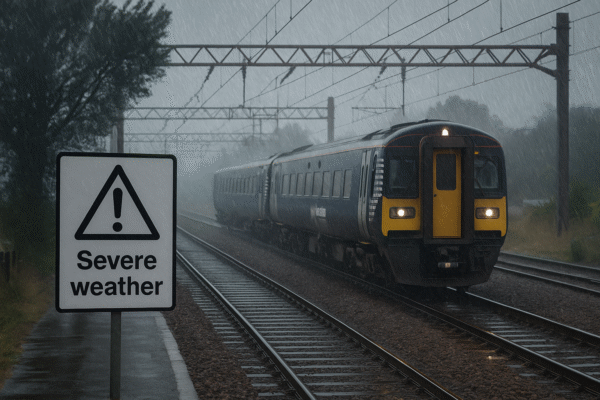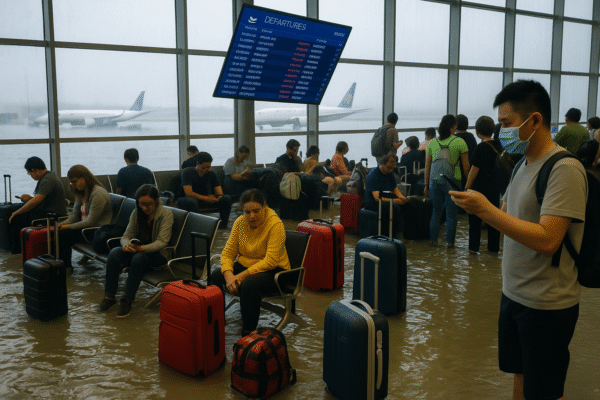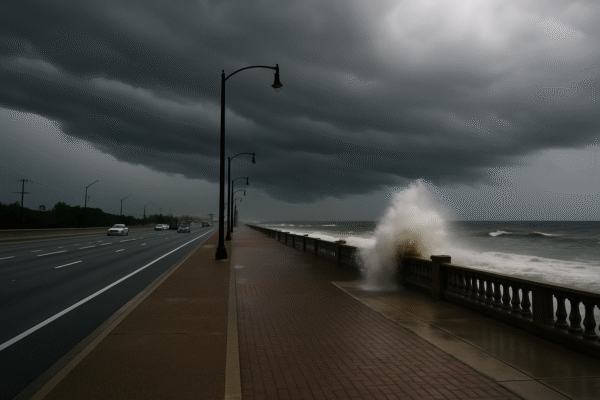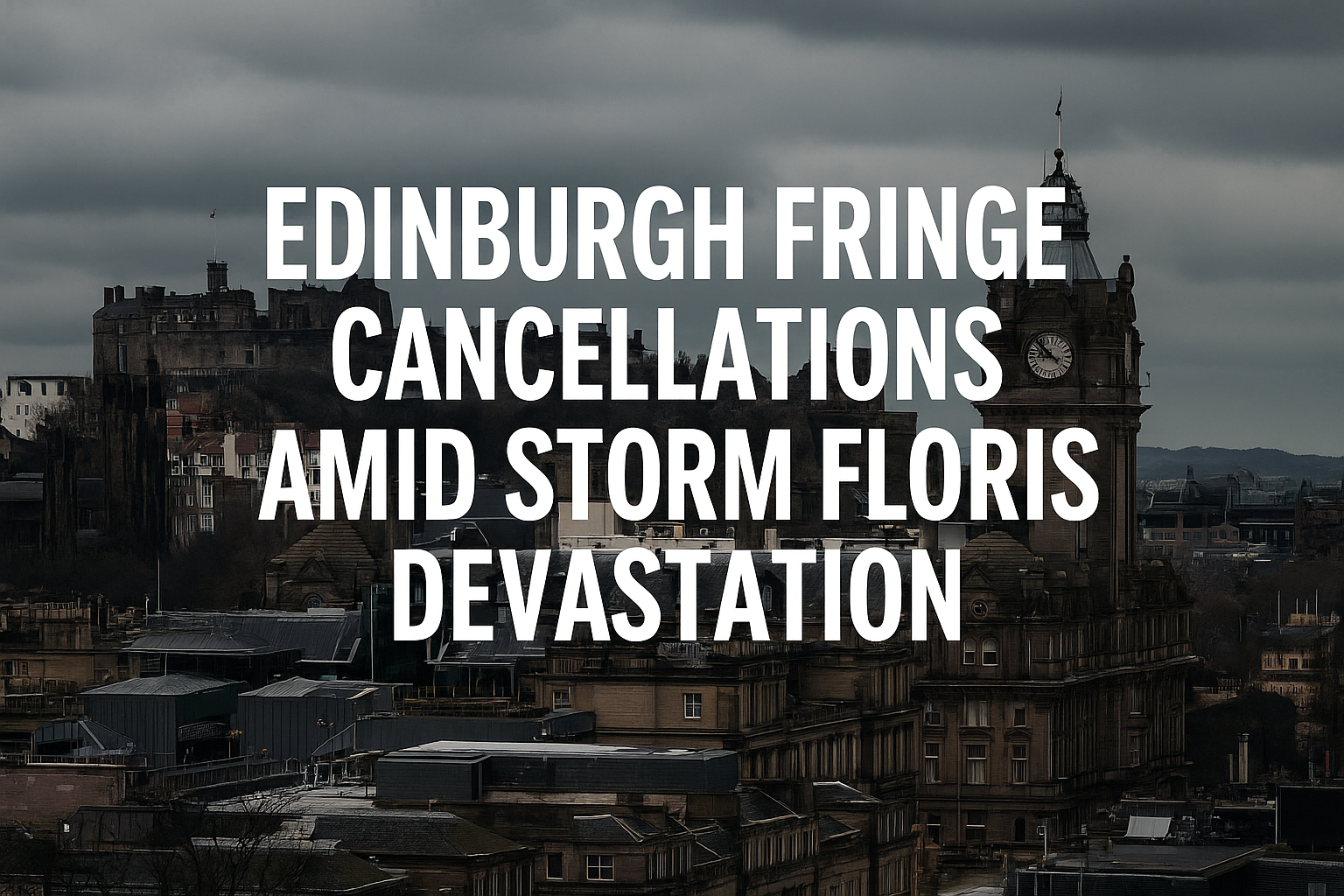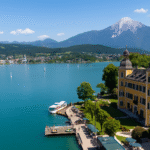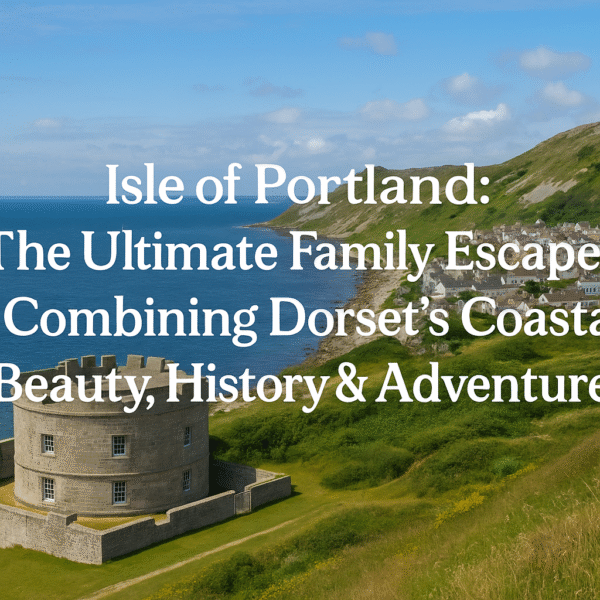Once a quiet Highland route connecting remote communities and serene coastlines, the North Coast 500 (NC500) has rapidly evolved into one of the world’s most iconic road trips. Stretching 516 miles around Scotland’s northernmost edges, the route promises views of pink-sand beaches, rugged cliffs, and historic castles.
Launched in 2015 by the North Highland Initiative, the NC500 was designed to stimulate the rural economy. But its runaway popularity has brought both prosperity and pressure to the region, sparking a national conversation about how to sustain tourism while preserving the authenticity of the Highlands.
The Rise of a Scenic Superstar: NC500’s Economic Impact
In its first year, the NC500 generated an estimated £92 million in tourism-related revenue, transforming the economic prospects of Highland communities. From independent B&Bs and artisanal cafés to adventure tour operators, the route sparked new business ventures and employment opportunities in previously overlooked areas.
Visitor numbers have soared, particularly among younger road-trippers and international travellers drawn in by social media exposure, articles in major travel publications, and Scotland’s post-pandemic tourism campaigns.
As tourism soared, so did hotel occupancy rates, especially in destinations like Inverness, Ullapool, and Tongue. Seasonal employment in hospitality rose, bringing much-needed income to families and local enterprises.
Infrastructure Under Strain: The Cost of Overtourism
But the success has come with serious growing pains. The Highland landscape, though breathtaking, is not built to handle mass tourism. The NC500 route comprises many single-track roads, which now struggle with heavy traffic from motorhomes, caravans, and tour buses—especially in peak summer months.
Residents from villages such as Durness and Shieldaig report road blockages, dangerous overtakes, and travellers parking in lay-bys overnight without proper sanitation. Ambulance routes have reportedly been obstructed, prompting concern from Highland Council and emergency services.
Additionally, the lack of adequate public toilets, waste disposal points, and parking facilities has led to a rise in littering, human waste, and damage to natural habitats. Wild camping, once a cherished tradition in Scotland under the Land Reform Act 2003, has been misused by some tourists unaware of their responsibilities under the Scottish Outdoor Access Code.
Local and National Responses: Toward Sustainable Solutions
To counter these growing challenges, VisitScotland and regional authorities have launched multiple initiatives. Most notably, the Rural Tourism Infrastructure Fund (RTIF) has allocated over £20 million to bolster tourist facilities across rural hotspots, including:
- New car parks and lay-bys
- Waste and recycling units
- Improved signage and rest stops
- Public toilets along the NC500 corridor
In tandem, the “Press Pause” campaign by VisitScotland encourages tourists to travel more slowly, explore less-visited areas, and avoid contributing to congestion. The campaign also promotes off-season travel, urging visitors to explore the Highlands during quieter months, reducing pressure on local infrastructure.
Encouraging Responsible Travel: Education and Engagement
A key part of the sustainable tourism plan is education. Local authorities and advocacy groups now collaborate to distribute travel codes and eco-guides, ensuring visitors understand how to camp responsibly, respect wildlife, and dispose of waste correctly.
Efforts also extend to supporting local businesses, with the aim of distributing the tourism economy beyond just overnight stays. Initiatives promote eco-experiences, including:
- Wildlife watching in Caithness
- Farm tours and croft visits in Ross-shire
- Gaelic cultural workshops in Sutherland
- Coastal conservation volunteering projects
These immersive experiences not only deepen the tourist’s connection to the Highlands but also diversify income sources for residents and reduce pressure on infrastructure-heavy areas.
Sustainable Growth: The Future of the NC500
Experts agree that the NC500 is here to stay, but its longevity depends on how it evolves. The Scottish Tourism Alliance, together with the Scottish Government, is now focusing on strategies that support long-term sustainability, including:
- Green energy upgrades for accommodations
- Electric vehicle (EV) charging points across the route
- Digital visitor management tools to forecast and guide tourism flow
- Community-led tourism boards ensuring local input in planning decisions
As part of its Net Zero 2045 goal, Scotland is also investing in low-carbon transport solutions, making it easier for travellers to explore responsibly.
The Takeaway: A Call for Conscious Adventure
The North Coast 500 continues to offer one of the most scenic road trip experiences in Europe. But with that beauty comes responsibility. For travellers, this means:
- Planning ahead and booking accommodations early
- Learning about the local culture and respecting it
- Leaving no trace—taking litter and memories, nothing more
- Spreading their journeys beyond Instagram-famous stops
- Supporting local artisans, farmers, and community-led tours
Conclusion: A Route Worth Protecting
The NC500 is more than a road trip; it’s a journey through some of the UK’s most cherished natural landscapes and heritage sites. As Scotland’s Highlands brace for another busy season, stakeholders from government to grassroots are working to ensure the route remains vibrant, accessible, and sustainable.
Whether you’re drawn by the wild cliffs of Cape Wrath, the serenity of Loch Maree, or the charm of Applecross, the key is to tread lightly. As the NC500 continues to redefine travel in northern Scotland, it serves as both a symbol of success and a reminder that thoughtful tourism is the future of global exploration.
For more travel news like this, keep reading Global Travel Wire




